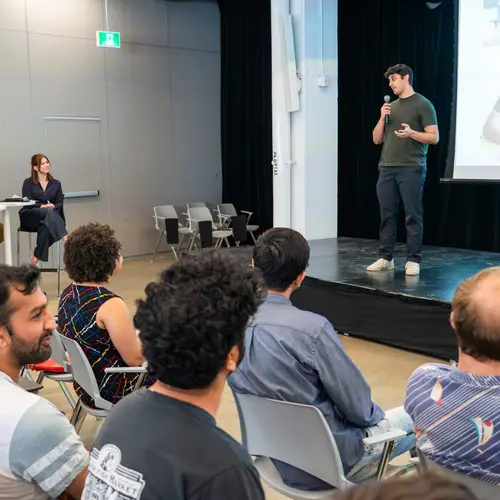
Toby Dylan Hocking
Biography
A Berkeley-educated California native, Toby Dylan Hocking received his PhD in mathematics (machine learning) from École Normale Supérieure de Cachan (Paris, France) in 2012. He worked as a postdoc in Masashi Sugiyama’s machine learning lab at Tokyo Tech in 2013, and in Guillaume Bourque’s genomics lab in McGill University (2014-2018).
In 2018-2024 he was a tenure-track Assistant Professor at Northern Arizona University, and since 2024, he is a tenured Associate Professor at Université de Sherbrooke, where he directs the LASSO research lab (Learning Algorithms, Statistical Software, Optimization). Toby is also an Associate Academic member at Mila - Quebec Artificial Intelligence Institute.
He has authored dozens of R packages, and has published 50+ peer-reviewed research papers on machine learning and statistical software. He has mentored 30+ students in research projects, as well as another 30+ open-source software contributors with R Project in Google Summer of Code.


